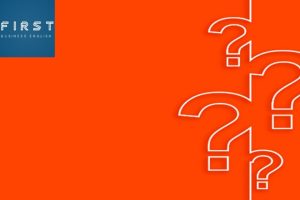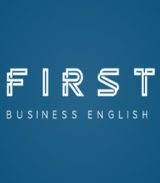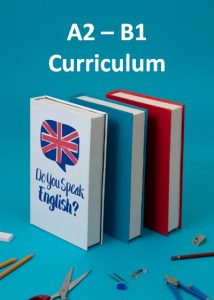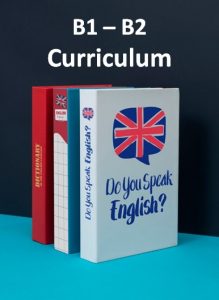
Comparing Brands And Products
- Posted by Ryan Anthony
- Categories A2-B1 Lesson Blog, Blog
- Date March 22, 2025
In business, comparing brands and products is essential for making decisions, analyzing competition, and understanding the market. Whether discussing features, quality, or pricing, using the correct language helps express comparisons effectively. In this First Business English article we will explore useful phrases, key vocabulary, and an example conversation for comparing well-known brands and products in a business context.
1. Key Vocabulary for Comparing Brands and Products
Brand recognition – How well people know a brand.
Market leader – The company that sells the most in an industry.
Premium quality – High-quality products with a higher price.
Budget-friendly – Products that are affordable.
Innovative – New and creative.
Durability – How long a product lasts.
Features – Special characteristics of a product.
Value for money – The balance between quality and price.
Customer satisfaction – How happy customers are with a product.
Competitive advantage – What makes a brand better than others.
2. Common Phrases for Comparing Products and Brands
Making comparisons:
“Brand A is more expensive than Brand B, but the quality is better.”
“This product is not as durable as the competitor’s.”
“Their service is slightly better than ours.”
“Company X is the most innovative brand in the market.”
“Product Y is just as reliable as Product Z.”
Discussing advantages and disadvantages:
“One advantage of this brand is its excellent customer support.”
“A disadvantage of this model is that it lacks advanced features.”
“Compared to other brands, this one has a better warranty policy.”
“Unlike its competitors, this brand offers a longer battery life.”
3. Example Conversation: Comparing Brands in a Business Meeting
David: We need to choose between Brand A and Brand B for our office laptops. Which one do you think is better?
Sarah: Well, Brand A is more expensive, but it offers better durability and customer support.
David: That’s true, but Brand B is more budget-friendly, and its features are quite similar.
Sarah: Yes, but Brand A’s battery life is much longer. That’s a big advantage for employees who travel a lot.
David: That’s a good point. On the other hand, Brand B is lighter and easier to carry.
Sarah: Compared to Brand A, it’s definitely more portable. But is it as reliable in the long run?
David: I’m not sure. We should check customer reviews and see which one has the highest satisfaction rate.
Sarah: Good idea! Let’s compare their warranties too before making a final decision.
4. Final Thoughts on Comparing Brands
When comparing brands and products in a business context, consider factors like price, quality, customer satisfaction, and features. Using comparative and superlative structures correctly helps express ideas clearly and professionally. Practicing business comparisons will improve communication and decision-making skills in the workplace. To learn more simply book a lesson with us at First Business English.
Good Luck. Keep learning with First Business English. Best Business English Online.
About First Business English
First Business English is a premium business English language online education center that provides individuals and groups the opportunity to learn Business English that enhances their careers and lives through a structured Business English curriculum. Contact Us
Ryan Anthony is an enthusiastic, self-motivated, reliable Online Business English language tutor who is learner focused and highly adaptable. Bachelor of Business Studies Degree educated with extensive IT Support, Call Centre Management, Retail Management and English Language Teaching experience.
You may also like

The Pros And Cons Of Freelancing As A Career

The Effect Of Prices And The Cost Of Living




